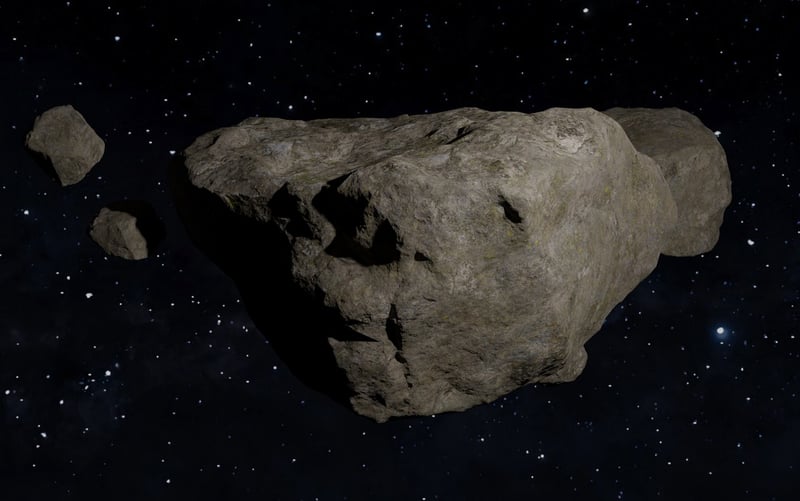Asteroid Studies
Unveiling the Mysteries of Celestial Bodies: A Fascinating Journey through Asteroid Studies
When we gaze up at the night sky, our eyes are drawn to the twinkling stars and shimmering planets that dot the darkness. However, there is a myriad of celestial bodies beyond our familiar view that hold untold secrets waiting to be discovered. One such group of enigmatic entities that has captured the attention of scientists and space enthusiasts alike is asteroids.
What are Asteroids?
Asteroids are small rocky bodies that orbit the Sun, primarily found in the asteroid belt located between the orbits of Mars and Jupiter. These remnants from the early solar system provide valuable insights into the formation and evolution of our cosmic neighborhood.
Why Study Asteroids?
Studying asteroids is crucial for several reasons:
- Understanding Solar System Origins: By analyzing asteroids, scientists can learn more about the conditions and processes that existed during the formation of the solar system over 4.6 billion years ago.
- Potential Impact Hazards: Some asteroids have orbits that bring them dangerously close to Earth. By studying their trajectories and compositions, researchers can develop strategies to mitigate potential impact hazards.
- Resource Exploration: Asteroids contain valuable resources such as metals, water, and organic compounds. Mining asteroids could one day provide a sustainable source of raw materials for future space missions.
Methods of Asteroid Studies
Scientists employ various methods to study asteroids:
- Space Missions: Sending spacecraft to rendezvous with asteroids allows for close-up observations and sample collection.
- Ground-Based Observations: Telescopes on Earth provide valuable data on asteroid characteristics, such as size, shape, composition, and rotation.
- Radar Imaging: Radar systems bounce signals off asteroids to create detailed images and maps of their surfaces.
Exciting Discoveries and Future Prospects
Recent asteroid studies have unveiled fascinating discoveries, including:
- The diverse composition of asteroids, ranging from rocky to metallic to carbonaceous.
- Evidence of past collisions and fragmentations that have shaped asteroid surfaces.
- Potential targets for future robotic and manned missions, such as NASA's OSIRIS-REx and Japan's Hayabusa2 missions.
As technology advances and interest in space exploration grows, the study of asteroids continues to provide valuable insights into the history and future of our solar system. Join us on this captivating journey through the cosmos as we unravel the mysteries of these celestial wanderers!

Explore more about asteroids and space studies here.
